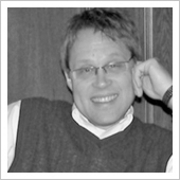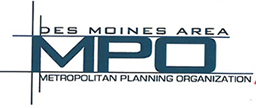Imagine your first visit to a personal workout trainer. You probably are going to say things like “I’d like to burn more calories,” or “I’d like to fit into the jeans I wore two years ago.”
By contrast, most people don’t say to their trainer “I’d like to increase my metabolic rate by 2 kilocalories per meter squared per hour,” or “I’d like to reduce my BMI by 3 points.”
Measuring success is important. But consider for a moment whether you and I tend to resonate more with an outcome we can actually “see,” as opposed to numerical success measurements. Those of us who help build plans to improve community health often fail to listen to what is really important to people’s vision of success. Initiatives to change the health of a community sometimes put forward goals using language that you and I find difficult to relate to in our day-to-day lives. Here’s an actual example of one indicator from a community health plan: “Limit the upward prevalence trend of diabetes to 0.2% per year.” Question: As an individual, are you likely to hop on board a campaign to impact “prevalence?”
There is absolutely nothing wrong with the numerical measurement just given. Some community partners may require the “proof” of hard data before they will get involved. The authors of a 2013 report entitled “Collaboration to Build Healthier Communities,” prepared for the Robert Wood Johnston Foundation, conclude that creating healthy communities will require metrics that appeal both to community members and to experts from multiple sectors in the community.
But if you intend to maximize the number of individuals, groups, and institutions hopping on board (or perhaps “joining together to push” is a better metaphor) to change health outcomes, then you will need to speak their language. You will need give voice to their visions of what a healthy community could be.
The Healthy Polk 2020 movement (www.healthypolk.org) has tried to do just that. To encapsulate the community’s vision, we asked this question: “If everyone in Polk County were healthy, what would it look like?” And the replies that came back were ones like these: affordable, healthy food; accessible, affordable transportation; equal access to health care for all; youth who are more physically active every day; and so on. We believe these vision-based priorities are ones people will enthusiastically gather around, and work together to achieve, because they aren’t merely numbers, but rather they are measurements of whether anybody is actually better off.
The decision to capture a vision-based community agenda was intentional. We think that people who live, work and play in Polk County will be energized by a goal they can understand, one they can “see.” Healthy Polk 2020, in its own efforts, and in partnership with The Tomorrow Plan, is working to identify and promote opportunities for community members to turn their visions into action that can change the health of our community.
 Chris Frantsvog is a Public Health Planner with Polk County Health Department in Des Moines. He is the lead planning staff person to the Healthy Polk 2020 movement.
Chris Frantsvog is a Public Health Planner with Polk County Health Department in Des Moines. He is the lead planning staff person to the Healthy Polk 2020 movement.



